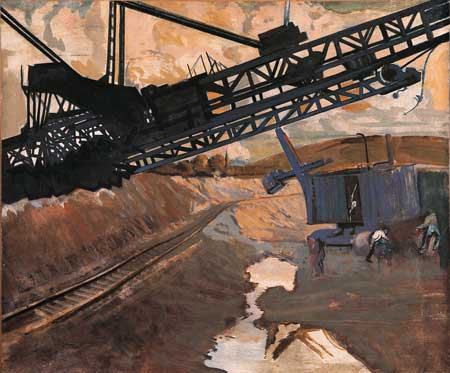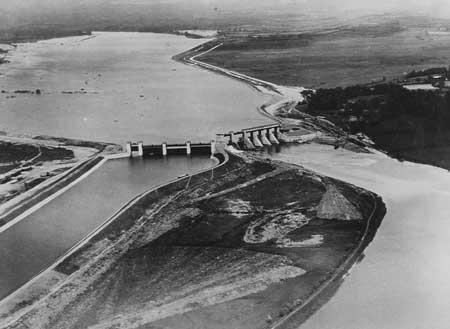1920–1929
Thomas McLaughlin (1896-1971) was a graduate of UCD and UCG, and also attended courses in practical engineering subjects in the RCScI in Merrion Street. As a young engineer in the 1920s he promoted and led the Shannon scheme for the electrification of the Irish Free State, then one of the largest civil and electrical engineering projects in the world. He also served as the first managing director of the Electricity Supply Board.
While working for Siemens-Schuckert in Germany, McLaughlin had studied the electricity networks there and had investigated the potential application of these technologies in an Irish context. On his return to Ireland he devised a hydro-electric scheme based on the River Shannon, and persuaded the Minister for Industry and Commerce, Patrick McGilligan, of the potential national benefits of the undertaking. Despite opposition, the government voted £5.2 million for the scheme and Siemens were awarded the contract. Work on the Shannon scheme began in August 1925 and was completed, nearly on schedule, in July 1929. At its peak the scheme employed 4,000 Irish and 1,000 German workers. Eighty-seven steamers carried some 30,000 tons of equipment into Limerick for the project and sixty miles of temporary railway carried the equipment to the construction site.
This huge engineering scheme quickly assumed major symbolic significance for the government, demonstrating to the world that the new Irish state could stand on its own feet. The Shannon scheme was a major success. Electricity consumption in Ireland expanded dramatically in the decades after its completion, just as McLaughlin had envisaged, and it provided the essential framework for the social, economic and industrial development of the country.


